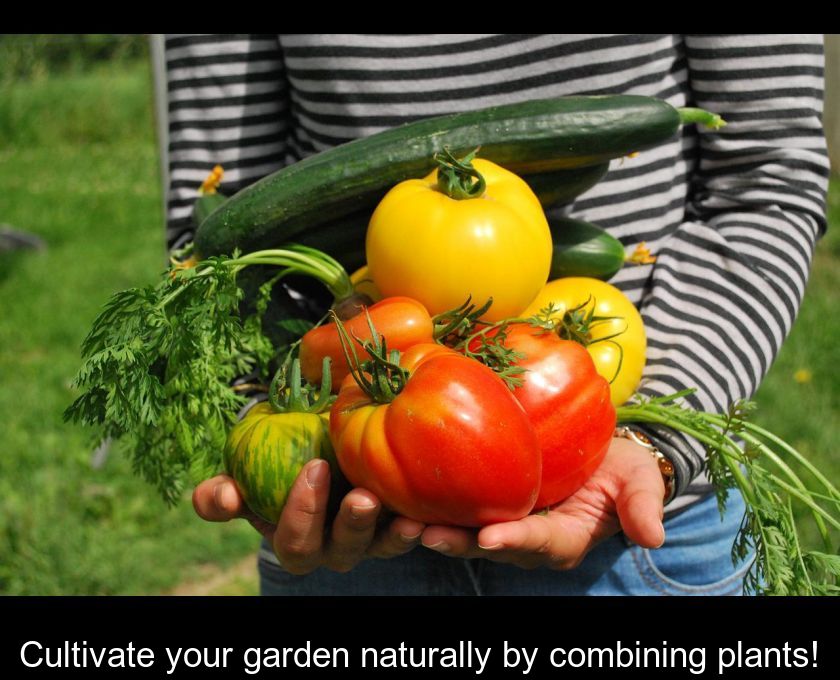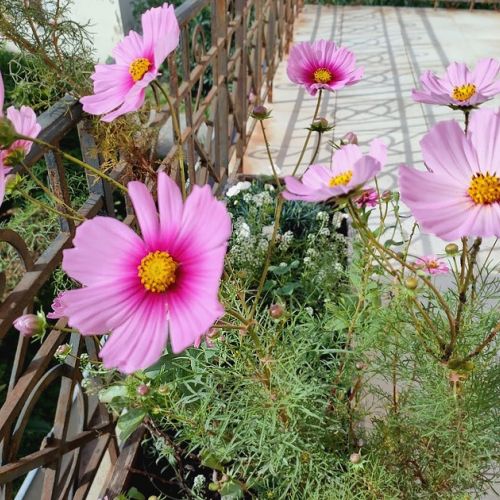Cultivate Your Garden Naturally By Combining Plants!
You like to sow and harvest your fruits and vegetables, in the garden or on the terrace, to naturally improve production, as well as to fight against insects without chemicals, use the properties of plants and benefit from the assets of each one.
Companion plants live in symbiosis
Companions because they are associated with each other, planted in close proximity, these seeds provide each other with the pests they can repel, the minerals and nutrients they bring to the soil, and their flowers, which are useful for pollination.
Creating a vegetable garden by working in harmony with nature will provide you with healthy harvests of fruits and vegetables while preserving the biodiversity in your garden.
Useful plants to keep insects away
Lavender and aromatic plants such as sage, thyme, parsley, rosemary deter crawlers such as snails or slugs from attacking your plantings.
Lavender also keeps aphids and ants away, and peppermint will be particularly effective in controlling black aphids on your roses.
Eggplants attract Colorado potato beetles, so plant them far from your potatoes.
Don't hesitate to plant lemongrass, geranium or peppermint, and lemon basil around your terrace to repel mosquitoes.
Companion plantings to avoid garden diseases
To protect tomatoes and potatoes from mildew, or gray mold in strawberries, plant alliaceous plants such as garlic, chives or onions nearby, which are natural repellents against these parasites.
Carrots and leeks planted close together fight each other's fly, celery and Cabbage are also in symbiosis, one protecting the caterpillar, the other from the cabbageworm.
Which vegetables should be planted together?
Without being exhaustive, here are some vegetables that go well together and will grow in harmony in your vegetable garden and those that should be avoided
Tomatoes will grow well with carrots, cabbage, spinach, leeks, lettuce, onions and herbs, but do not plant them next to red cabbage, fennel, peas or beets.
Potatoes can be grown next to beans, peas or garlic, but avoid growing them next to zucchini, eggplant, radishes or tomatoes.
Which vegetables to plant together?
Squash and zucchini like to be near beans and peas, chives, shallots and onions, but not cucumbers
Strawberry plants are to be avoided next to cabbage, but you can associate them with garlic, onion, shallots, parsley, sage, lettuce or leeks
Lettuce is a good neighbor, it flourishes alongside dill, beet, peas, beans, cucumber, tomatoes, Cabbage or spinach, but avoid parsley and sunflower.
Radishes go well with carrots, lettuce, strawberries, tomatoes, beans and watercress, but not with chervil or cucumber.
Beans like to be near carrots, cabbage, celery, strawberries, raids, zucchini or potatoes, but avoid garlic, onions, leeks or peas








